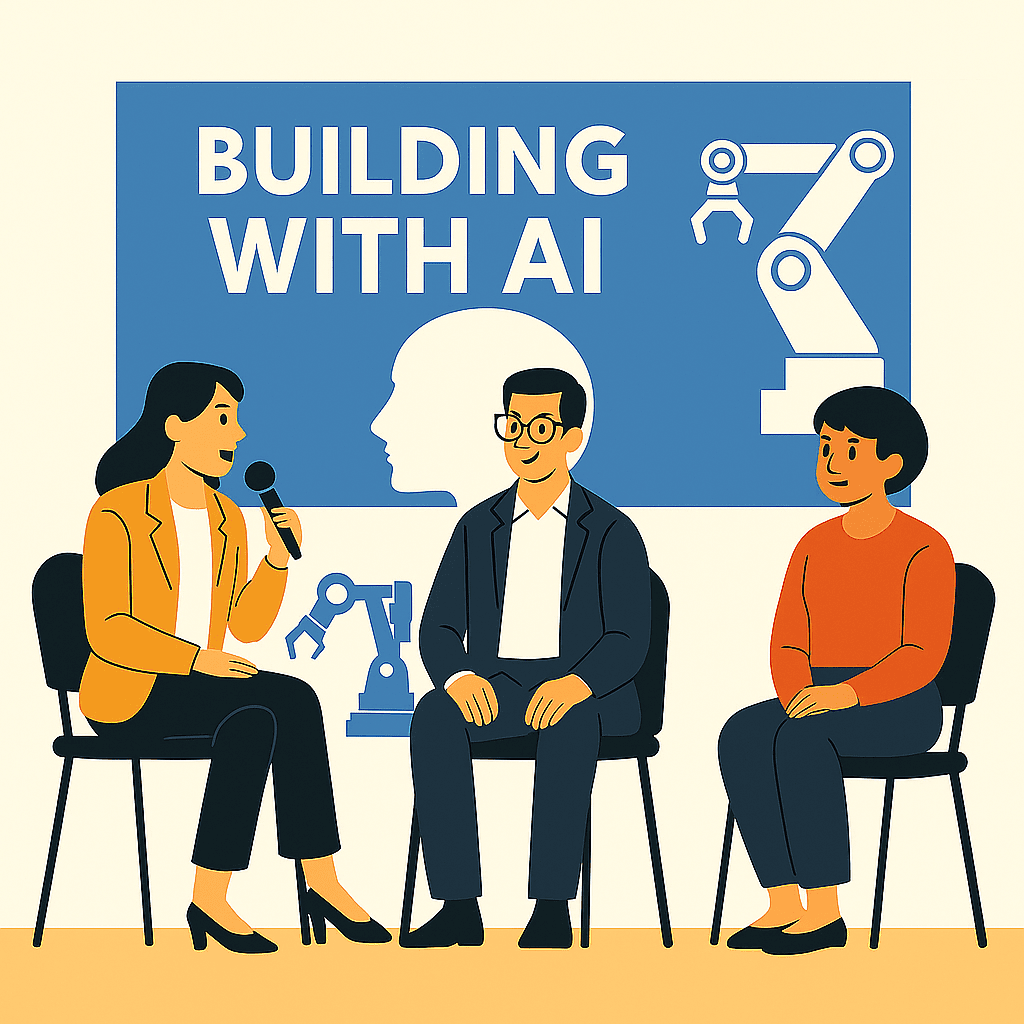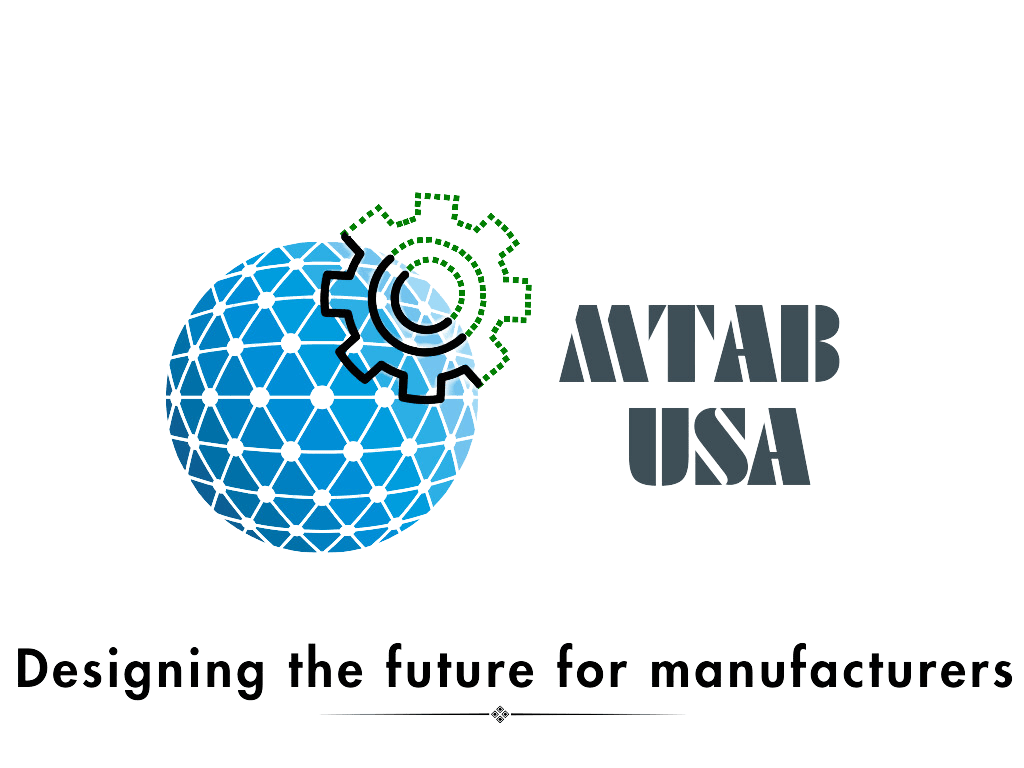Building with AI in Manufacturing

Earlier this month, I had the opportunity to participate in a panel discussion with fellow alumni of BITS Pilani (my undergraduate alma mater) on the topic of Building with AI. We discussed the topic from the perspective of AI creators, tech builders and users. It was an enriching conversation. The three questions, that my fellow panelists asked me, frame the context of this blog:
Looking beyond immediate product features, how do you think AI is fundamentally changing the strategic direction or even the core business model of large tech companies?
What are the primary barriers to AI adoption for end users in non-tech sectors? I answered it from a manufacturing perspective.
How are change management practices and regulatory/ certification bodies keeping pace with AI-driven transformation in manufacturing and telecom sector?
As artificial intelligence becomes a core part of industrial transformation, it is tempting to view it as a purely technical evolution. Context, adoption and usage should matter for the firms that are counting on adoption by manufacturers. In manufacturing, AI is not just another software layer—it is a fundamental shift in how people, machines, and decisions interact. Nearly every manufactured product impacts our daily lives in some way—so incorporating AI into their production isn’t just about operational efficiency, it is also about earning and maintaining the trust of the consumers of those goods. And unless we design with humans in the loop, we risk undercutting its true potential and trust. Manufacturing AI's adopting requires certain maturity, laddered approach and people capability.
Here’s why a human-centered approach to building with AI is not optional—it is essential.
🔹 AI Is Becoming as Foundational as the Internet—But Requires Human Context
Just as the internet is now inseparable from how we work and live, AI is moving toward becoming a virtual assistant for performance—augmenting how we make decisions, optimize workflows, and design products. In engineering tech, firms like Siemens, PTC, Dassault, and Autodesk and startups (BaseTwo AI, Quarter20, MetAI) are leading this evolution with digital-native and AI-native product development workflows. The digital twin, once futuristic, is now a practical tool for virtually testing and validating designs before a single tool cut is made.
This is transforming not only how capital is deployed but also business models themselves—from factory-first to digital-first, and from asset-heavy to production-as-a-service. This is giving rise to digital & AI first hardware companies and their capital requirements and supply chain approach are different. But no matter how advanced the tech, humans are still essential to closing the loop between simulation and execution.
🔹 The Shop Floor Is Not a Sandbox—Fear, Legacy Systems, and Fragmented Data Persist
Despite AI’s promise, end users in manufacturing face real barriers:
Fear of job loss remains high. Any mention of automation or AI immediately raises questions about livelihood, particularly among frontline workers.
Many factories still run on 1980s and '90s equipment, making integration with modern AI tools complex and expensive.
Cybersecurity gaps are widening as legacy infrastructure meets connected systems—ransomware attacks are growing year over year.
Data is fragmented and unstructured, spread across CAD files, paper notes, ERP, CRM, and maintenance logs.
There is a critical dual skills gap: aging workforce & its tribal knowledge and attracting AI-savvy talent with domain fluency?
AI cannot succeed in manufacturing unless it addresses these human and operational realities.
🔹 Change Management Must Be Deeply People-Centric
Change is hard—especially in manufacturing, where culture and legacy practices are deeply embedded. Success in implementing smart factory technologies requires engaging everyone, not just leadership.
From my own experience, adoption accelerates when:
Grassroots workers are included early in discussions and training on new technologies.
Engagement spans the entire factory value chain: plant heads, supervisors, operators, maintenance, IT, and HR teams.
Each role understands not only the tools but also the value AI brings to their specific job function.
In the B2B industrial manufacturing sector, the challenges of AI adoption are often shared between the supplier and the customer. Interestingly, the solutions you develop internally—for your workforce and factory—can often be turned into assets that enhance customer experience and deepen supplier partnerships.
Globally, manufacturing is a heavily regulated industry, and regulatory bodies are still adapting to the pace of AI transformation. In one instance, I encountered a factory where digital systems offered greater traceability and data integrity for workforce protection, yet the labor authority continued to require paper logbooks with handwritten signatures. This underscores the urgent need for policy modernization to align with technological advancements. On the product front, I have worked with a startup, Saphira AI, which applies AI in safety compliance. Their approach has the potential to help product manufacturers accelerate certification readiness by integrating AI-driven safety and quality checkpoints into their production workflows. Another example: Computer vision, for example, is increasingly being accepted in real-time safety monitoring and traceability applications. These tools illustrate how human-AI collaboration can enhance both productivity and worker protection.
Still, the tension between privacy and utility persists. As AI continues to expand its role on the factory floor, ethical questions around surveillance, consent, and data ownership will remain at the forefront—demanding thoughtful, people-first leadership.
🔁 AI Adoption Isn't Just a Technical Rollout—It is an Organizational Shift
To succeed, AI must:
Support and extend human capability, not attempt to replace it.
Be embedded in existing workflows, not layered on top of them.
Include feedback loops so workers can improve, adjust, and trust the system.
Prioritize skills development, role evolution, and cultural alignment.
